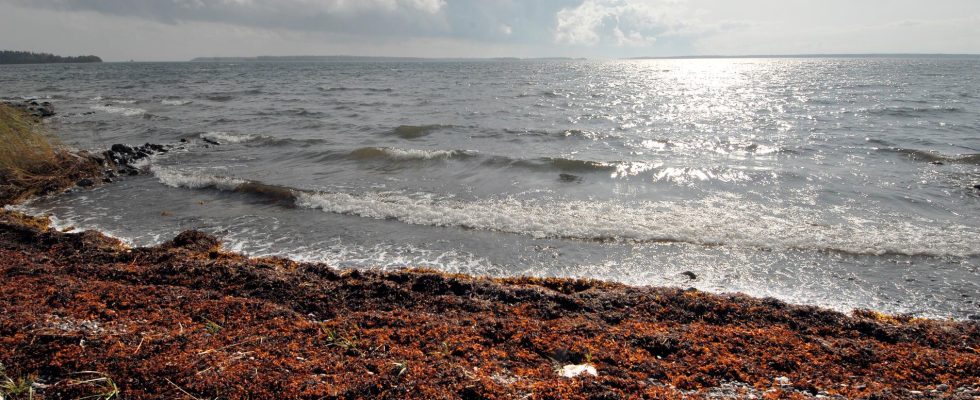unsaveSave
expand-left
full screen Special wind conditions caused the Baltic Sea to be replenished with salt water. It is the only way that the lower layer of the ocean can get a supply of oxygen. Archive image. Photo: Hasse Holmberg/TT
A big puff of oxygen-rich salt water flows into the Baltic Sea.
It can provide better water locally and, among other things, benefit the cod – but the luck is believed to be short-lived.
During the latter half of December, a larger amount of salt water flowed through the Öresund and Great Belt into the Baltic Sea. The salty and oxygen-rich water is now at the height of Bornholm, according to SMHI, which follows the inflow closely.
The supply of salt water only takes place in special weather conditions and can possibly give a boost to certain areas of the Baltic Sea that suffer from a lack of oxygen.
– But it depends on how far into the Baltic Sea the inflowing water reaches, says Ola Kalén, oceanographer at SMHI.
Consumed quickly
He had hoped that the influx would be as large as the last big so-called salt pulse in the Baltic Sea in 2014, but it appears to be only about half as large.
SMHI nevertheless assesses that the inflowing water can partially displace old and oxygen-poor water in the deeper basins of the Baltic Sea, which gives some hope.
But the effect is likely to be short-lived.
– During the 2014 salt pulse, the oxygen reached the central Baltic after about six months after the inflow, and then it was consumed quite quickly. The experience is that the oxygen is back to the same level as before quite quickly.
– But if this time the inflow ends up in the right place and in the right amount, it can help organisms that are sensitive to low salinity, for example, increase reproduction for cod, says Kalén.
More in January
Only one thing helps with the lack of oxygen more permanently – to reduce the supply of nutrients to the Baltic Sea from, among other things, agriculture, sewage and industries, and thus overcome eutrophication.
– The supply of nutrients has decreased since the 1980s, but it is difficult to break the downward trend in terms of oxygen content, says Ola Kalén.
Around 120 cubic kilometers of salt water is estimated to have flowed into the Baltic Sea during the latter part of December, according to SMHI. During January, additional water flowed in, which may have given the first water a boost, according to Kalén.
So far, the influx may have had local effects around Bornholm and in Hanö Bay.
FACT This is a “salt pulse”
Larger inflows of salt and oxygen-rich water from the North Sea into the central parts of the Baltic usually occur about once per decade.
The water is colder and saltier than the water of the Baltic Sea and thus has a higher density. This means that it flows in along the bottom and can displace the oxygen-poor water in the deeper basins of the Baltic Sea.
For a “salt pulse” to take place, it must first blow strongly from the east so that water flows out of the Baltic Sea and the water levels drop. After that, westerly winds are required for a longer period of time so that salt water is blown in through the Danish straits.
Source: SMHI, Ola Kalén.
Read more
